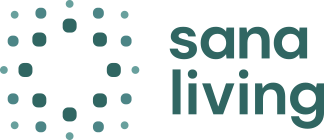If you’ve heard of Specialist Disability Accommodation (SDA), and you think it’s something you could be interested in exploring, there’s a lot of information to understand before delving into the application process.
SDA is a specific funding payment under the NDIS that Participants may be eligible for, if housing needs are in your goals. If you’re not happy with where you are living, it’s essential that you discuss any housing or living goals at your next NDIS planning meeting, or request a change of circumstances.
It’s important to note that support needs or care provision is not the same as housing needs. Your support needs will be assessed separately as part of the process.
When your housing goal is clear, and your support needs have been established, you can start to determine specific housing requirements.
The SDA Design Categories are useful when exploring SDA. The categories outline the minimum requirements for home design – which, based on your individual needs, can help you determine specifically which category you should be seeking funding for.
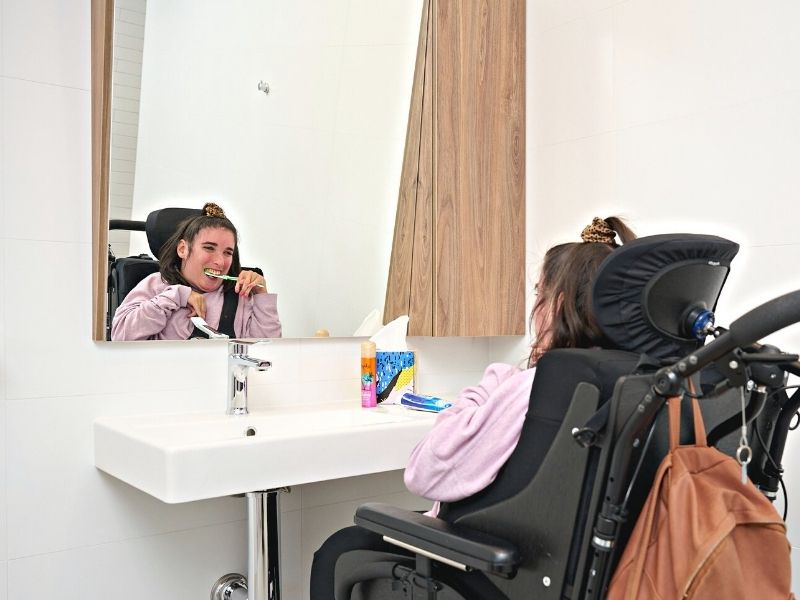
Following an Occupational Therapist’s assessment that determines the recommended inclusions for an individual within a home, the funding application will need to include a request for a specific SDA design category.
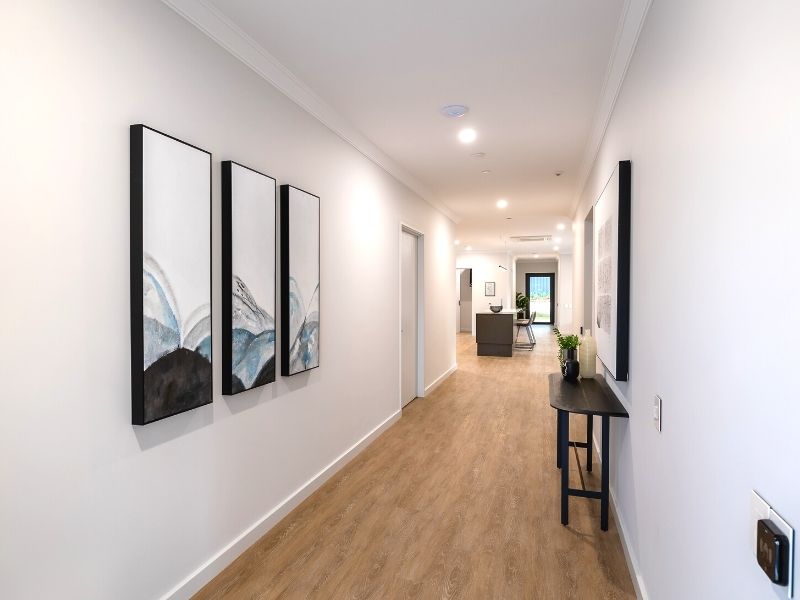
Sana Living home
There are 4 main categories – 3 of which are based on physical access around the home. The categories include:
1. Improved Livability
As it sounds, this is housing that has been designed to improve ‘livability,’ with inclusions that boost physical access. Those that have sensory, intellectual, or cognitive impairments may benefit from this category of design.
Homes include features such as:
- Contrasting walls and doors.
- Improved wayfinding with limited corridors for improved navigation.
- Depending on the needs of Participants, they may also include lines for visual assistance.
- Task lighting to certain areas.
2. Fully Accessible
A home designed under the ‘Fully Accessible’ category, needs to provide high levels of assisted physical access for those with significant functional impairments. A wheelchair user who spends most of the day in a chair would likely be eligible for Fully Accessible housing.
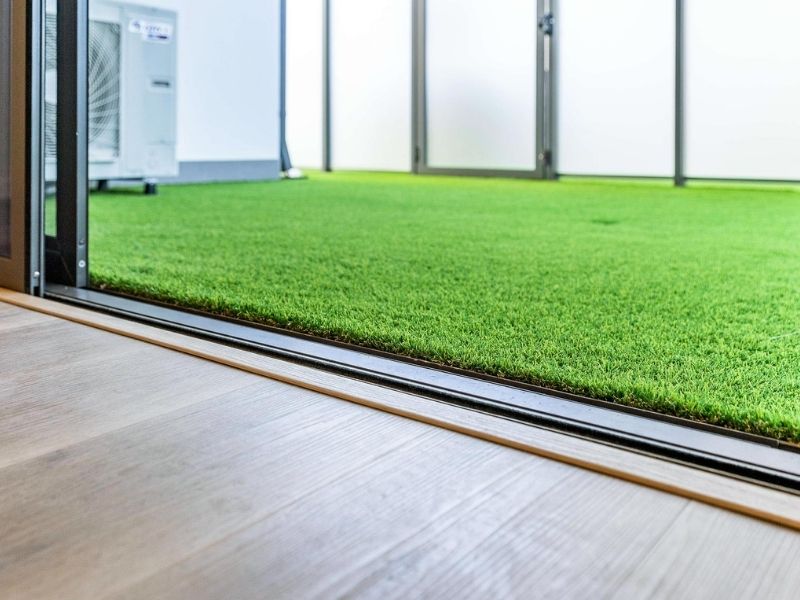
Sana Living apartment – living to balcony floor.
Homes need to include:
- All entry and exit points as wheelchair accessible, with no level changes to door thresholds, stairs, or other obstacles for wheels to move across.
- Bathroom basins and vanities within reach for someone in either a seated or standing position.
- Power supply to doors and windows (blinds) for the installation of Assistive Technology. (To be considered, depending on the needs of the Participant).
- The inclusion of automation and accessibility for someone sitting in the kitchen at meal preparation areas. This includes things like adjustable benchtops and other accessible kitchen appliances. (To be considered, depending on the needs of the Participant).
3. High Physical Support
Housing under this category requires an extremely high level of specialised design to further increase physical accessibility. Homes must have structural provision for ceiling hoists, be assistive and communication technology ready, and have emergency back-up power solutions. This housing also needs to be built with wider than usual door openings.
Design requirements include all the features of Fully Accessible with the addition of the following:
- Kitchen benchtops, kitchen sink, benchtop and sink cavities, cooktop, meal preparation bench area and key appliances (dishwasher, oven, microwave oven, laundry appliances) need to be accessible in seated or standing position.
- Structural provision for ceiling hoists. (This can be done on a needs basis depending on the Participant’s ability to ambulate).
- Assistive technology ready for all.
- Heating/cooling and household communication technology (video or intercom systems).
- Emergency power solutions to cater for a minimum two-hour outage where the welfare of Participants is at risk.
- 950mm minimum clear opening width doors to all habitable rooms.
- A plinth for washers and driers to sit off the floor.
Sana Living homes under this designed category include even more! As part of our commitment to providing the ultimate in safety, comfort and standard-setting SDA, our inclusions go beyond those specified under the NDIS guidelines for Disability Accommodation.
Sana Living homes in this category also include:
- Facial recognition software at the main entry for Participants to enter the home safely, and for security purposes.
- Automated lighting.
- Integrated rangehood and cooktop – where the rangehood controls are built into the cooktop for accessibility.
- Fridges, washers and driers (major appliances) for communal kitchens and laundries in shared dwellings.
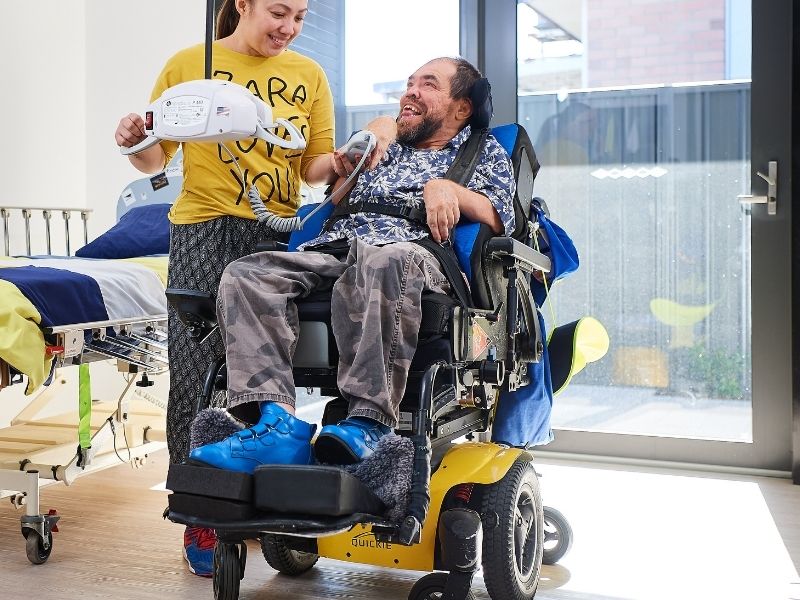
Sana Living home with Ability WA
4. Robust Construction
Robust housing has a different focus. This housing is less about physical access, although it should have good physical access. The focus on Robust housing is resilience, safety and durability. People with a disability where complex behaviours might occur can potentially harm themselves, others, or cause damage to property.
Robust housing design needs to protect, where possible, the Participants/tenants and the support coordinators or staff.
The materials used in the home need to be high impact and reduce reactive maintenance. They should also help to reduce the risk of harm to the people in the home, their neighbours and the wider community.
Robust housing should include:
- High impact wall lining, fittings and fixtures (e.g. blinds, door handles).
- Secure windows, doors and external areas.
- Sound proofing in the instance where residents are likely to cause noise disturbances.
- Retreat areas for staff and other tenants to avoid harm if required.
- Laminated glass.
- Consideration needs to be given to spaces, room sizes, and other safeguards throughout the home to accommodate the needs of Participants with complex behaviours.
Previous to the 2020 updates, there was a fifth Design Category under SDA called Basic Living, but this has since been removed.
SDA is only approved by the NDIS if it is the only way possible your housing goals can be met, so it’s necessary to make sure the housing support you need is identified correctly. Understanding the SDA Design Category levels are key to that.
For more information or to learn more about eligibility or SDA get in touch. https://www.sanaliving.com.au/contact/
